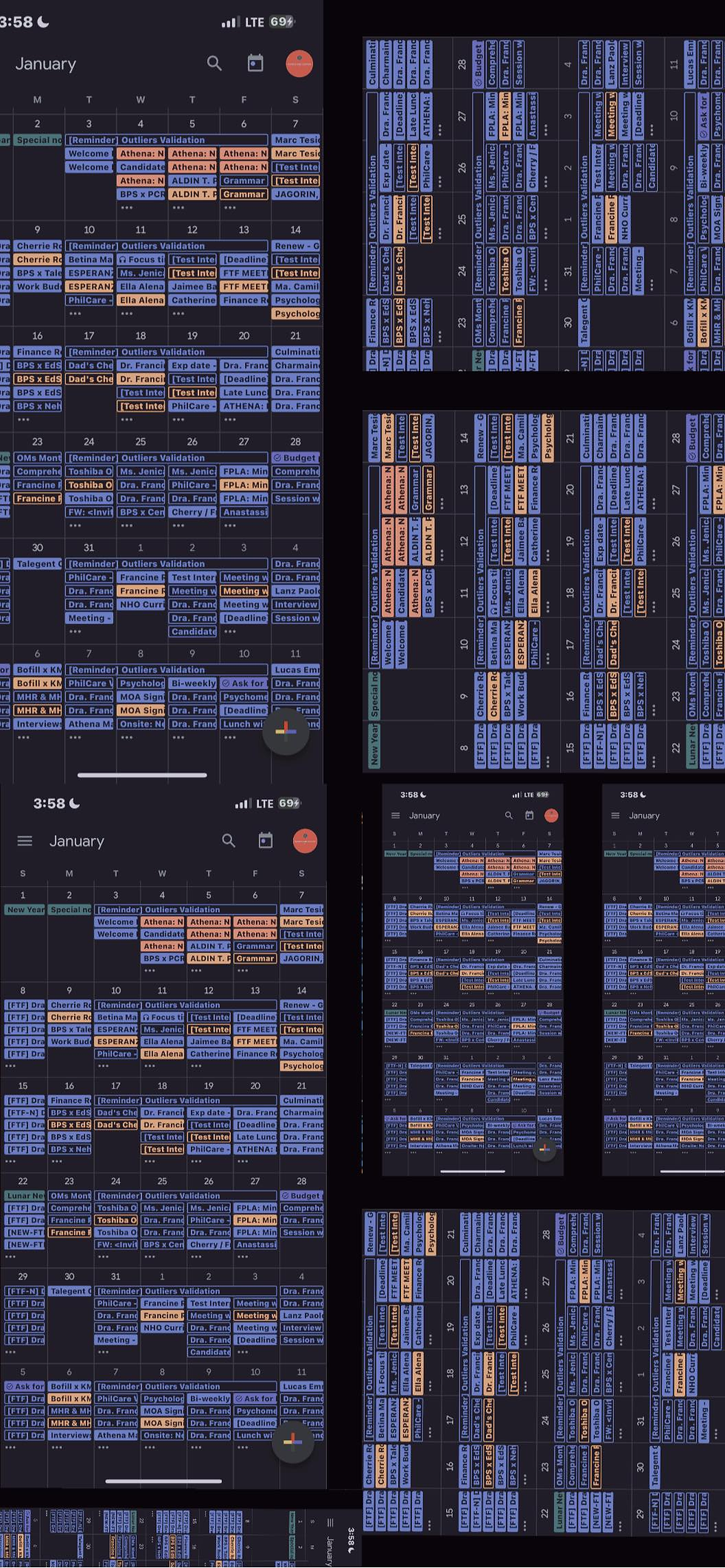You Deserve to be Still: Trichotillomania and its Common Signs
- Nikko J. Malazarte, RPm
- May 24, 2022
- 1 min read
Anxiety can manifest in many ways. It causes racing thoughts, feelings, or even actions. Hair-pulling with its frequency and intensity may result in a condition called Trichotillomania. What are the common signs that a person suffers from it? It may include compulsively pulling one’s hair or chewing the pulled-out hair. This behavior is urge-driven and can result in alopecia or hair loss/bald patches that also affect a person's daily life. According to studies, it is common among adult women (American Journal of Psychiatry, n.d. as cited in Legg, 2019). It offers relied on and gratification. Moreover, this can be the person’s way of dealing with stress or frustration. However, it can be shameful and may affect people suffering from it to societal participation (Olusoji et al. 2018).
Trichotillomania appears to be associated with significant levels of distress and impairment (Walther, 2010). Usually, taking medications and psychotherapy can help alleviate these symptoms, especially the ‘habit-reversal therapy’, which includes self-monitoring, awareness, competition for response training, and stimulus-control procedure (Grant, 2016). These very unprecedented times can exacerbate the symptoms of Trichotillomania, and it is right to seek professional help. Remember, you deserve to be still. Your story matters.
References:
Grant, J. & Chamberlain, S. (2016). Trichotillomania. Treatment in Psychiatry. ajp.psychiatryonline.org
Olusoji, E., Adesina, M., & Kanmodi, K. (2018). Trichotillomania: Hair Pulling Disorder. 21. In press.
Walther, M., Ricketts, E. Conelea, C. & Woods, D. (2010). Recent Advances in the Understanding and Treatment of Trichotillomania. Journal of Cognitive Psychotherapy.




Comments